It is self-evident that there does not exist a criticism that does not follow the process which generated the work itself, one which does not redeploy the elements of the work into a different order, if only for the sake of constructing typological models.
Without the act of disintegrating the object under analysis, it is impossible to rewrite it.
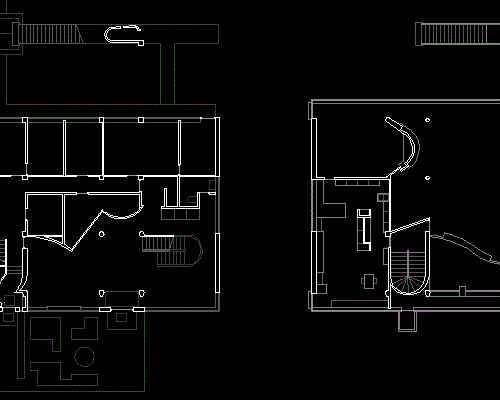
At the origins of the critical act are always found the acts of distinguishing, separating and disintegrating a given structure.
We are therefore led back to our initial problem; that is, in which manner may criticism become compromised in such a "perverse play" under whose ambiguous sign the entire thrust of modern architecture flickers?
In this light, the functional criticisms which are constantly leveled at Stirling are at once correct and unjust; once having artificially reconstructed an independent structure of language, the criticisms are inevitably resolved into a surreal play of tensions between the universe of signs and the domain of the real.
The operations carried out by Stirling are exemplary; they point out the utopia intrinsic in the full realization of architecture as a discourse.
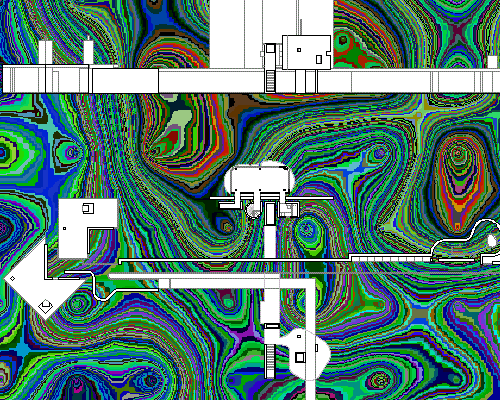
As we have said regarding comment and criticism: the form of comment is a repetition in the desperate search for the genesis of the signs; the form of criticism is the analysis of the function of the signs themselves, a task possible only after one has renounced the search for the hallowed meaning of the language.
It is possible only to sink or swim, forced into a swinging course, itself just as oscillating as the perverse play of the architect with the elements of his own language.
| |
Neither attracted nor repulsed by the independent articulation of Stirling's formal machines, the observer is forced in spite of himself to recognize that this architecture does indeed speak its own language, one that is perversely closed into itself.
Suspending the public destined to use his buildings in a limbo of a space that ambiguously oscillates between the emptiness of form and a "discourse on function"--that is, architecture as an autonomous machine, as it is spelled out in the History building at Cambridge and made explicit in the project for Siemens AG--Stirling carries out the most cruel of acts by abandoning the sacred precinct in which the semantic universe of the modern tradition has been enclosed.
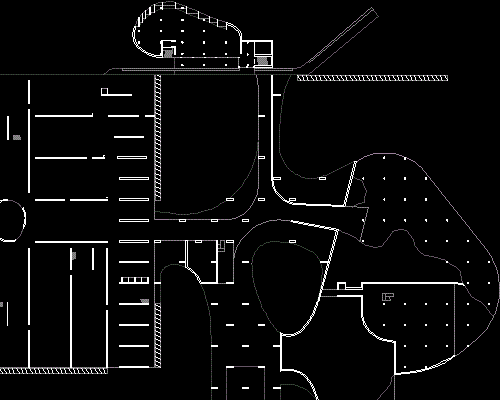
The Andrew Melville Hall represents theatrically the space of communal integration which--from the time of the Spangen block (1921) of Michael Brinkman to the housing commune (1927) of Moses Ginsburg, the postwar plans of Le Corbusier and Alison and Peter Smithson, and the building of Park Hill and Robin Hood Gardens--the orthodoxy of the Modern movement had hoped to make operable as spaces of social precipitation.
Yet it only deals with a "virtual function" and not an effective function.
The affirmation of language, here understood as an interweaving of complex syntactic valences and ambiguous semantic references, also includes the "function," the existential dimensions of the work.
The charged atmosphere of the young rebels of the 1950s and of the Independent Group, of which Stirling was a member between 1952 and 1956, has thus a coherent result.
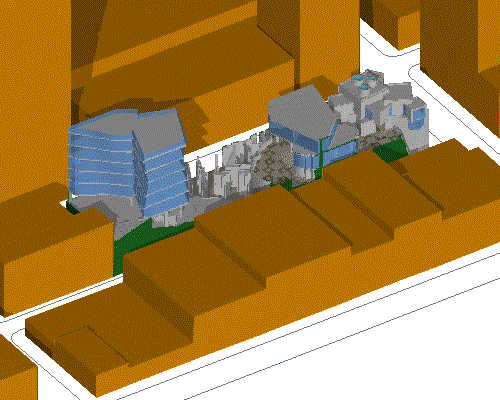
Le Corbusier and Stirling themselves appear, at La Tourette and St. Andrews, to pronounce a painful discovery: social utopianism can only be discussed as a literary document and can only come into architecture as a linguistic element, or better, as a pretext for the use of language.
From a desire to achieve perfect communal integration, they isolate themselves from the world.
| |
The ship, the monastery and the phalanstery are thereby equivalent.
Again, it is Frampton who notes that here the marine metaphor takes on a more precise meaning: the ship, like the phalanstery, symbolizes an unattainable community will.
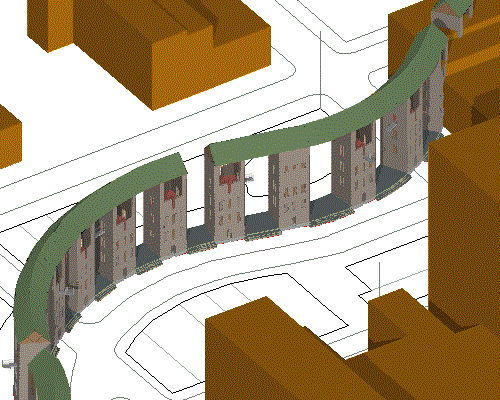
Yet the theme of the ship comes back, this time with proper literary references, in the terracing, the general organization and the common access ways of the Andrew Melville Hall at St. Andrews University.
Yet insofar as Stirling does not appreciate such "fishing for references," the porthole, which ironically comes up from the base of the laboratories at Leicester (next to the jutting Melnikovian halls), seems to confirm that constructivist poetics are a primary source--an almost too obvious reference to the design for the Palace of the Soviets (1923) by the Vesnin brothers.
"A dream with marine references" is the way Kenneth Frampton has accurately labeled the Leicester University Engineering Laboratory, a true iceberg sailing in the sea of the park into which it is casually set down, following an enigmatic course.
The result of such controlled bricolage is a metaphorical reference to something very dear to the English architect: the architecture of ships.
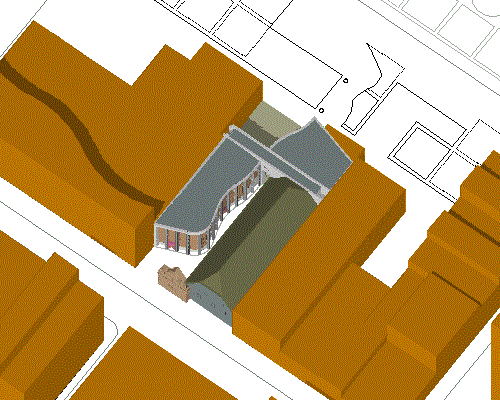
He employs with extreme coherence the formalistic laws of contrast and opposition of his language's elements: the rotation of the axes, the use of antithetic materials, and technological distortions.
Unlike Paul Rudolph, for whom every formal gesture is a hedonistic wink at the spectator, Stirling has revealed the possibilities of an endless manipulation of the grammar and syntax of the architectural sign.
|





